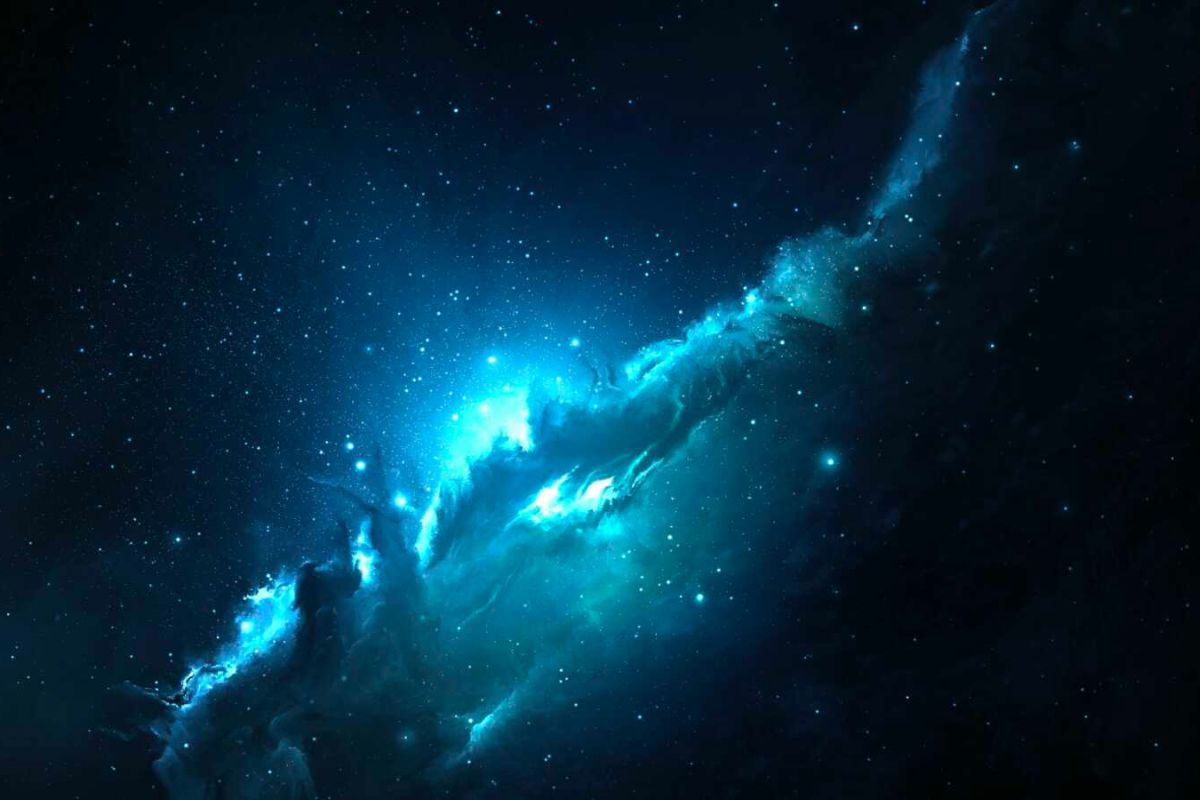You really have to be alert when studying science. Galaxies were created after matter. The stars in those galaxies were supposed to move slowly because there was more mass in the center of the galaxy. However, after dark matter was added, the stars appeared to move faster; however, this is not the case in our galaxy, suggesting that there may be less dark matter than previously believed.
dark matter. It is an odd and enigmatic type of matter that doesn’t seem to behave like regular matter at all. Its name comes from the fact that it is essentially invisible because it does not emit, absorb, or reflect light. The only way we can identify dark matter, which is estimated to make up 27% of the universe, is through its gravitational pull on passing light and other matter. Whatever the particles that make up dark matter are, we haven’t yet detected them, despite growing evidence to the contrary.
When MIT physicists measured the velocity of stars in the Milky Way galaxy, they discovered that stars nearer the galaxy’s edge were traveling at a slower rate than predicted. This unexpectedly implies that there may be less dark matter in the Milky Way’s core than previously believed due to its lower mass.
The team plotted the velocity of stars against their distance using information from Gaia and APOGEE (Apache Point Observatory Galactic Evolution Experiment). As a result, they were able to produce a rotation curve that illustrates the speed at which matter rotates at a particular distance from a galaxy’s center. Astronomers can determine the amount of dark matter in the universe by interpreting graphs such as these ones.
This stood in stark contrast to previous findings made since the 1970s, which suggested a possible distribution of dark matter. Past galaxy measurements revealed that stars were orbiting the center at a fairly constant speed as distance from the center increased. Dark matter is the only explanation for this. Vera Rubin of the Carnegie Institution in Washington started this research, and it was bolstered in the years that followed by numerous observations from other astronomers.
Efforts aimed at quantifying galactic rotation have primarily concentrated on galaxies other than our own. Even though it’s actually pretty challenging to accomplish the same in the galaxy you live in, Xiaowei Ou, Anna-Christina Eilers, and Anna Frebel took on the challenge. Their preliminary findings were derived from Gaia data, but they further refined their findings using APOGEE data.
More than 33,000 stars could be measured out to a distance of 30 kiloparsecs, or 97,846 light years. After that, the information was added to a circular velocity model to calculate star velocities based on the positions of all other stars in the galaxy. They were then able to update and improve their rotation curve.
Rather than the shallow decline they anticipated, the curve their work revealed showed a more rapid decline over distance. There is less matter at the center of our galaxy because stars farther out are moving more slowly than is predicted. Although ‘normal’ or baryonic matter is observable, less dark matter is needed to explain the observations. It is now necessary to conduct additional research to investigate galaxies other than the Milky Way and potentially alter our understanding of the universe’s dark matter content.
